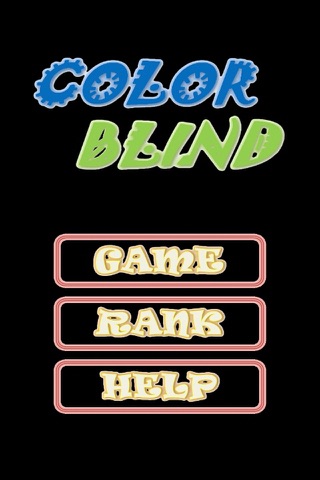
The Stroop effect has been used to investigate a persons psychological capacities; since its discovery during the twentieth century, it has become a popular neuropsychological test.
There are different test variants commonly used in clinical settings, with differences between them in the number of subtasks, type and number of stimulus, times for the task, or scoring procedures. All versions have at least two numbers of subtasks. In the first trial, the written color name differs from the color ink it is printed in, and the participant must say the written word. In the second trial, the participant must name the ink color instead. However, there can be up to four different subtasks, adding in some cases stimuli consisting of groups of letters "X" or dots printed in a given color with the participant having to say the color of the ink; or names of colors printed in black ink that have to be read. The number of stimuli varies between less than twenty items to more than 150, being closely related to the scoring system used. While in some test variants the score is the number of items from a subtask read in a given time, in others it is the time that it took to complete each of the trials. The number of errors and different derived punctuations are also taken into account in some versions.
This test is considered to measure selective attention, cognitive flexibility and processing speed, and it is used as a tool in the evaluation of executive functions. An increased interference effect is found in disorders such as brain damage, dementias and other neurodegenerative diseases, attention-deficit hyperactivity disorder, or a variety of mental disorders such as schizophrenia, addictions, and depression.



